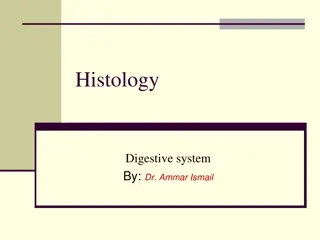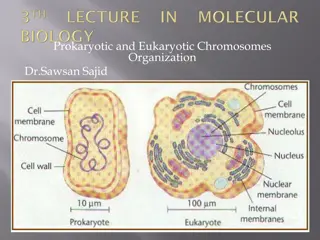
Understanding Apoptosis in Cell Biology
Explore the significance of apoptosis, a programmed cell death process controlling cell dysfunction. Discover how apoptosis is triggered through intrinsic and extrinsic pathways, involving caspase cascades leading to cell fragmentation. Learn how apoptosis plays a crucial role in maintaining cellular health and preventing conditions like cancer.
Download Presentation

Please find below an Image/Link to download the presentation.
The content on the website is provided AS IS for your information and personal use only. It may not be sold, licensed, or shared on other websites without obtaining consent from the author. If you encounter any issues during the download, it is possible that the publisher has removed the file from their server.
You are allowed to download the files provided on this website for personal or commercial use, subject to the condition that they are used lawfully. All files are the property of their respective owners.
The content on the website is provided AS IS for your information and personal use only. It may not be sold, licensed, or shared on other websites without obtaining consent from the author.
E N D
Presentation Transcript
Apoptosis Programmed Cell Death Unit 1 Cells and Proteins Advanced Higher Biology Miss Aitken
Why do we need apoptosis? There must be a way to carefully control cells which are no longer functioning properly Programmed cell death occurs in a number of different areas in the body. Cancer cells are cells which have a mutation in their regulation of apoptosis this means they become immortal.
How is apoptosis triggered? Apoptosis is triggered by cell-death signals. Signals can come from inside the cell or outside the cell. This is carefully controlled by a set of enzymes called caspases.
Extrinsic Pathway of Apoptosis Signals which originate from outside of the cell. Can be triggered by an NK cell that has detected abnormal behaviour These ligands bind to a surface-receptor, causing a conformational change inside of the cell. This acts as a signal transduction and activates a protein cascade that produces caspases.
Intrinsic Pathway of Apoptosis Signals which originate from inside of the cell. Can be triggered by DNA damage or the presence of an abnormal protein like p53 This activates a caspase cascade. Cells may also initiate apoptosis if certain factors required for growth are not present.
Caspase Cascade Proteins present in the cytoplasm are involved in the caspase cascade. They start off inactive, and through post- translational modification, become active. This allows a rapid response even if the cell s nucleus is not functioning properly. Cleavage of the proteins occurs subunits are removed and reassembled to form active caspases. An initiator caspase starts apoptosis, and activates executioner caspases which degrade DNA, keratin and actin. Each executioner can degrade over 600 components.
Fragmentation of the Cell After cell components have been destroyed, the cell can no longer function and so it breaks into many small parts. The small parts are engulfed by white blood cells.






















